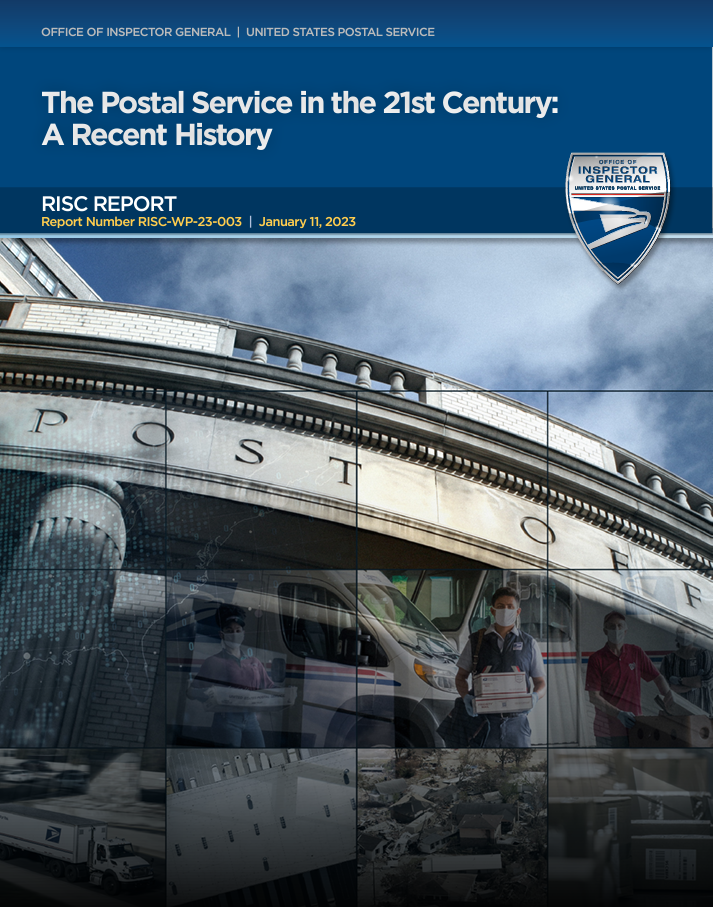The Postal Service in the 21st Century
A recent history of the United States Postal Service
(2000-2022)
- Research and Insights Solution Center -
United States Postal Service Office of Inspector General
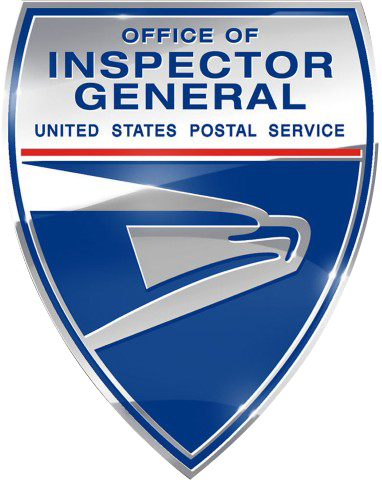

Almost two and a half centuries ago, the Second Continental Congress established the Post Office.
Since then, the Post Office has become the United States Postal Service and delivers to every address in the nation. In doing so, the Postal Service has bound the country together through wars, natural disasters, and ordinary days.
Over the past few decades, however, the Postal Service faced tremendous challenges to its mail volume and financial viability. As a result, it implemented a variety of operational changes since 2000.

2000s

The year 2000 marked the dawn of a new millennium, but its first decade held significant tumult for the Postal Service. The attacks of September 11 killed nearly 3,000 people and shook America’s sense of security. The following month, letters containing anthrax were mailed to journalists and members of Congress. A recession then turned into the worst economic downturn since the Great Depression: unemployment rose, home prices fell, and the stock market plummeted.
The decade was also characterized by technological advances that changed America's communication preferences — with tremendous implications for the Postal Service's mail volume.
2001
In October 2001, anthrax attacks in the mail resulted in five deaths — including the deaths of two USPS employees named Thomas L. Morris, Jr. and Joseph P. Curseen, Jr. The Postal Service hired contractors to irradiate the mail and worked closely with union leaders to reassure USPS workers and the American public. The facility where Misters Curseen and Morris worked was later renamed in their honor.
2002
Mail volume growth was forecast to slow in the years ahead. The Government Accountability Office (GAO) added USPS to its High-Risk list in April 2001 and called on the agency to develop a plan to restore its health. The following year, the Postal Service released a plan to cut costs, strengthen the workforce, and improve the customer experience.
2003
In 2003, the Postal Service signed a contract with 18 commercial airlines to transport mail via air but stopped partnering with a railroad company the following year.
USPS also began "last-mile" deliveries for competitors' parcels. The arrangements, in which competitors drop packages at USPS facilities for final delivery, continue to earn USPS revenue from parcels shipped with its competitors.
2004
As Americans turned to the internet, the Postal Service introduced Package Pickup to coordinate free pickups online. USPS also rolled out Automated Postal Centers — now called self-service kiosks (SSKs). SSKs are often accessible 24 hours a day and provide products usually available at the counter.
2005
While mail volume declined at the beginning of the decade, it began to rise a few years later due to a strong economy, the November 2004 election, and an increase in credit card marketing. In particular, Standard Mail (now called Marketing Mail) volume grew steadily and exceeded First-Class Mail (FCM) volume for the first time in 2005.
2006
In FY 2006, the Postal Service's total mail volume peaked at 213 billion pieces and declined over the next few decades.
The same year, the Postal Accountability and Enhancement Act (PAEA) was signed into law. PAEA transformed the Postal Service’s rate-setting process, capped price increases for market dominant products, and restricted USPS's non-postal offerings. It also required the agency to prefund future retiree health benefits which, in conjunction with the decline of FCM, later proved devastating to USPS's financial health.
USPS also approved $1.4 billion to develop and install Flats Sequencing System machines (FSS) in 2006. However, the OIG found that FSS machines added costs to a product whose volume was decreasing. The Postal Service began removing FSS machines a few years later.
2007
The first Forever stamp was released in 2007. Forever stamps are sold at the current price of a FCM stamp but will cover the cost of mailing a letter indefinitely, even if the postage rate increases.
2008
Standard Mail volume declined with the onset of the Great Recession at the end of 2007. Solicitations for credit cards, mortgages, and home equity loans were hard-hit. As the economy experienced the worst downturn since the Great Depression, mail volume continued to decline in 2008 and culminated in a decline of more than 25 billion pieces in FY 2009 — the largest annual drop in USPS history.
2009
In the midst of the economic turmoil of the Great Recession, the Postal Service introduced the Stations and Branches Optimization and Consolidation initiative (SBOC) in an aggressive attempt to consolidate stations and branches and streamline the retail network. Members of Congress, unions, and the public opposed the effort. Ultimately, SBOC resulted in very few closures.
The Postal Service delivers through national emergencies and natural disasters. Two notable examples in this decade include Hurricane Katrina and Hurricane Rita in 2005.
The Postal Service set up temporary post offices at evacuation shelters and delivered mail from trailers and tents when home delivery was not possible. It made special arrangements for Social Security checks and forwarded mail for 600,000+ displaced households.
2010s
Throughout the 2010s, headlines were dotted with news of ecommerce, domestic terrorism, and political polarization. Political animus affecting the rest of the country also touched the Postal Service: the Board of Governors dwindled to zero presidentially-appointed governors, and a series of homemade pipe-bombs were mailed to Democratic supporters.
The 2010s was also a decade of austerity for a Postal Service reeling from mail volume declines and the financial implications of PAEA. The agency spent much of the decade attempting to cut costs and consolidate its network, and appealing to Congress for postal reform.
2011
In order to reduce staffing costs, the Postal Service negotiated with unions to increase its hiring of non-career employees (now called pre-career employees). As the decade progressed, non-career employees increased to about 20% of the workforce. Non-career employees do not receive the same benefits as career employees and are not always guaranteed a regular schedule. Subsequent OIG reports found that USPS did not meet non-career employee turnover goals. The Delivering for America plan would later identify "unacceptably high rates of non-career turnover" as a key challenge.
2012
The Postal Service's attempts to close retail facilities were met with complaints and strong resistance from patrons. Finally in May 2012, USPS announced the Post Office Structure Plan (POStPlan). Rather than closing post offices, POStPlan reduced operating hours at smaller post offices to two, four, or six hours per day. More than four-in-five of these facilities were located in rural areas. According to GAO, the Postal Service revised its estimated annual savings from $500 million to $337 million with this effort.
2013
In October 2013, the Postal Service entered into a Negotiated Service Agreement with a major customer to deliver its Sunday parcels. It also negotiated labor contracts requiring new employees to work on Sundays and early mornings — during which career employees would have ordinarily received premium pay.
2014
After years of testing, the Postal Service began to deploy Informed Visibility (IV) to provide businesses with near-real time visibility into the mail stream. IV also provides information to processing plant managers on their facility’s incoming and outgoing mail so they can schedule employees more efficiently.
2015
In January 2015, the Postal Service eliminated single-piece, overnight FCM service, and shifted some FCM to a three-day service standard. This initiative, known as Operational Window Change, was intended to enable mail processing on fewer machines — and use less facility space.
However, stakeholders voiced concerns over delayed mail and unions collected more than 300,000 signed petitions protesting the initiative. In a 2018 audit, the OIG concluded that "it is unlikely the Postal Service will ever achieve the projected annual $805.5 million [in] OWC savings."
2016
The Postal Service operated at a net loss throughout the 2010s, largely due to factors outside of its control. However, the Postal Regulatory Commission granted an exigent price increase between January 2014 and April 2016, which helped improve the agency's cash balance. When factors outside of its control were excluded from USPS's net income calculations, the Postal Service actually accumulated a surplus of $3.2 billion in controllable income.
2017
The number of governors serving on the Postal Service's governing body, the Board of Governors (BOG), dwindled throughout the decade. By the beginning of 2017, zero presidentially-appointed governors served on the BOG for the first time in USPS history. In the absence of a quorum, the Board operated under authority delegated to the Temporary Emergency Committee. The BOG did not reach a quorum again until 2019.
2018
In April 2018, the Postal Service made centralized delivery service its preferred mode of delivery. The OIG estimated this move could save the agency billions of dollars but noted survey respondents would be displeased with the shift. Mailers criticized USPS's change, and the National Association of Home Builders expressed concerns for its builders.
2019
The Postal Service began a lengthy procurement process to replace its aging delivery fleet, and the agency issued a request for proposals in December. USPS went on to sign a contract for Next Generation Delivery Vehicles (NGDVs) — including electric vehicles — in February 2021.
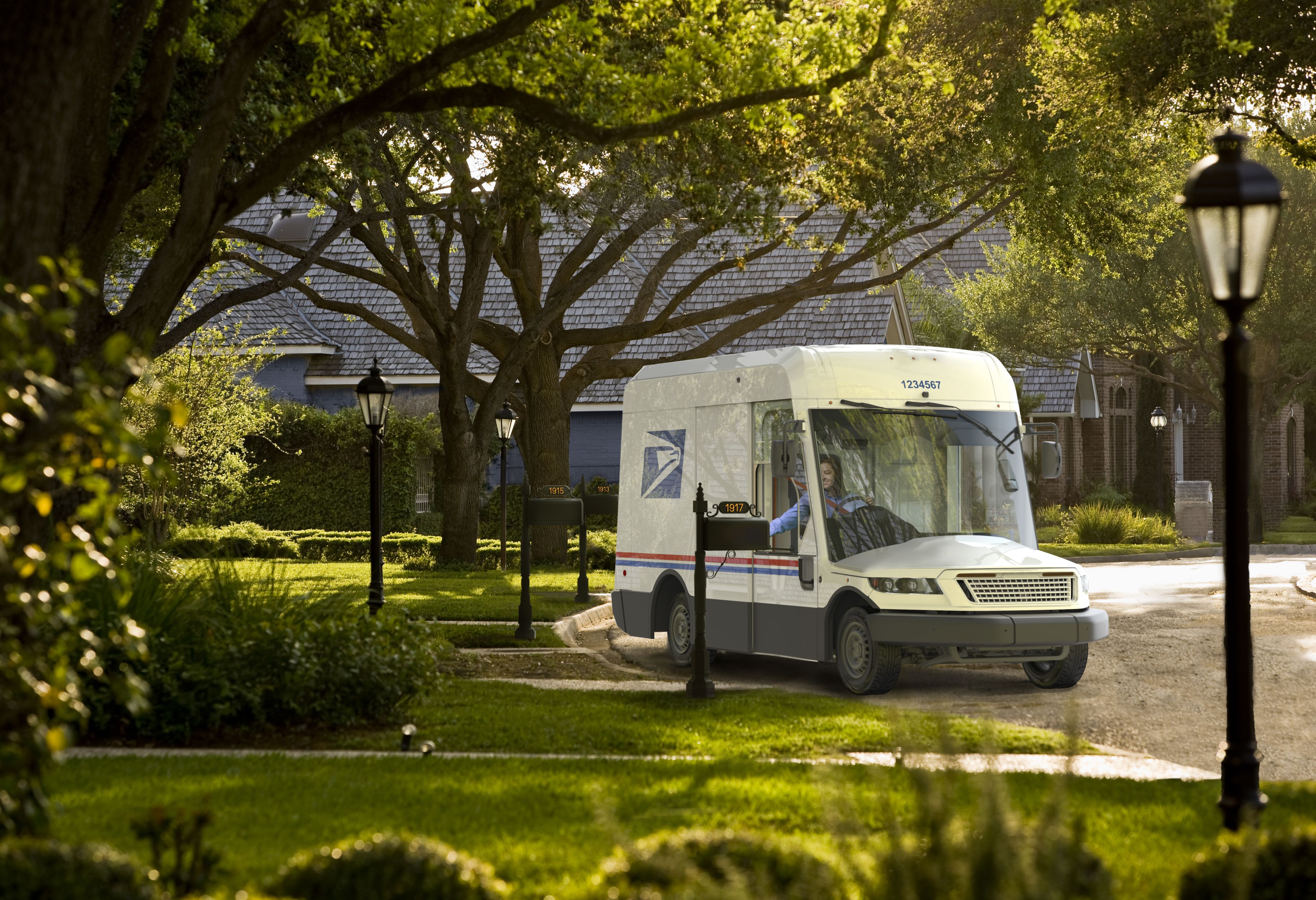
The Postal Service created an Office of Sustainability at the end of the 2000s and worked to purchase and provide recyclable materials. In the 2010s, the agency began plans to purchase battery electric vehicles to replace portions of its aging delivery fleet.
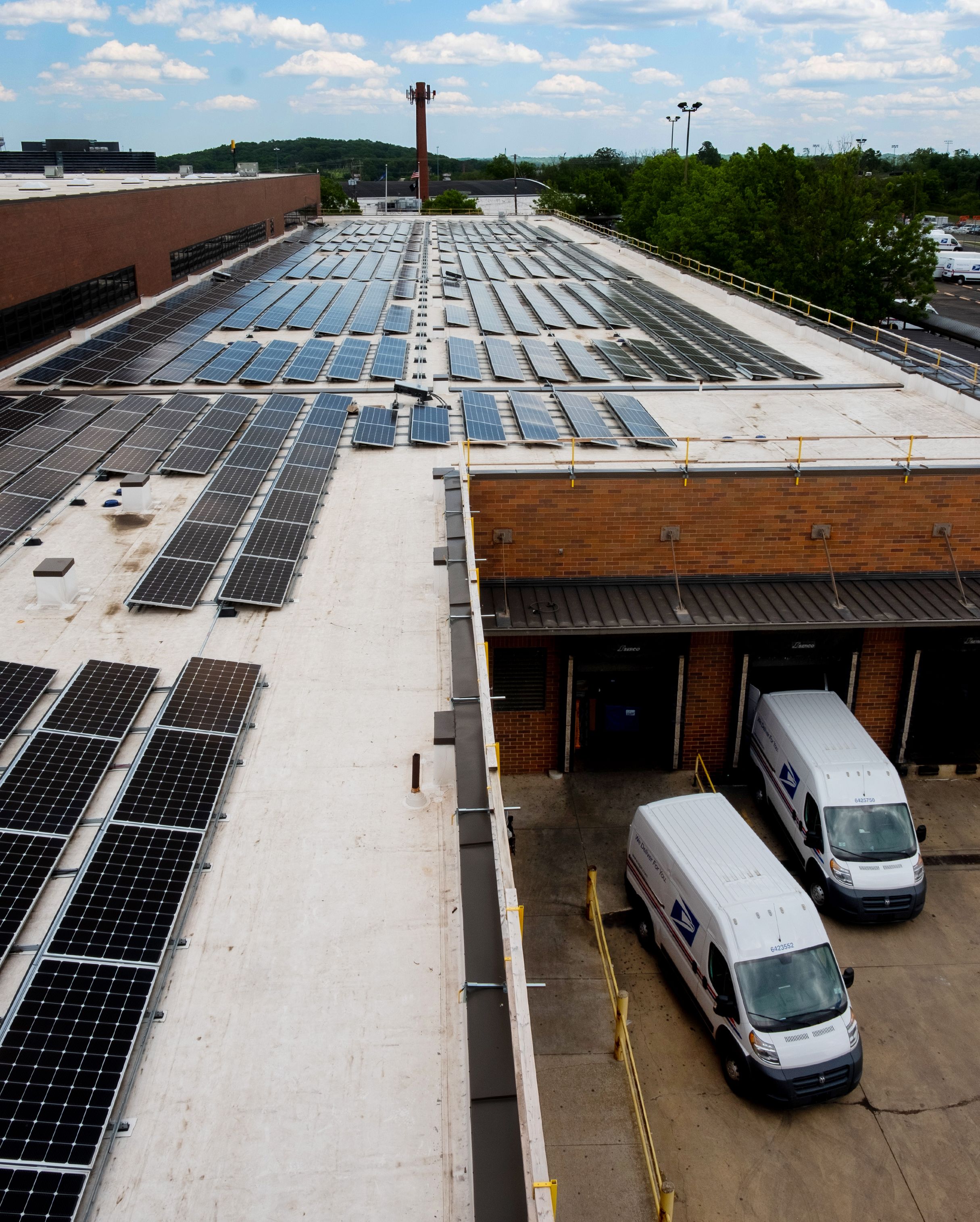
Solar panels on top of Washington DC's Curseen Morris Processing and Distribution Center
Solar panels on top of Washington DC's Curseen Morris Processing and Distribution Center
The Postal Service is also experimenting with solar panels and green roofs on postal facilities. The Los Angeles Processing and Distribution Center, right, has more than 25,000 solar panels on its roof to generate electricity.
Below: A green roof on top of New York City's Morgan mail processing facility
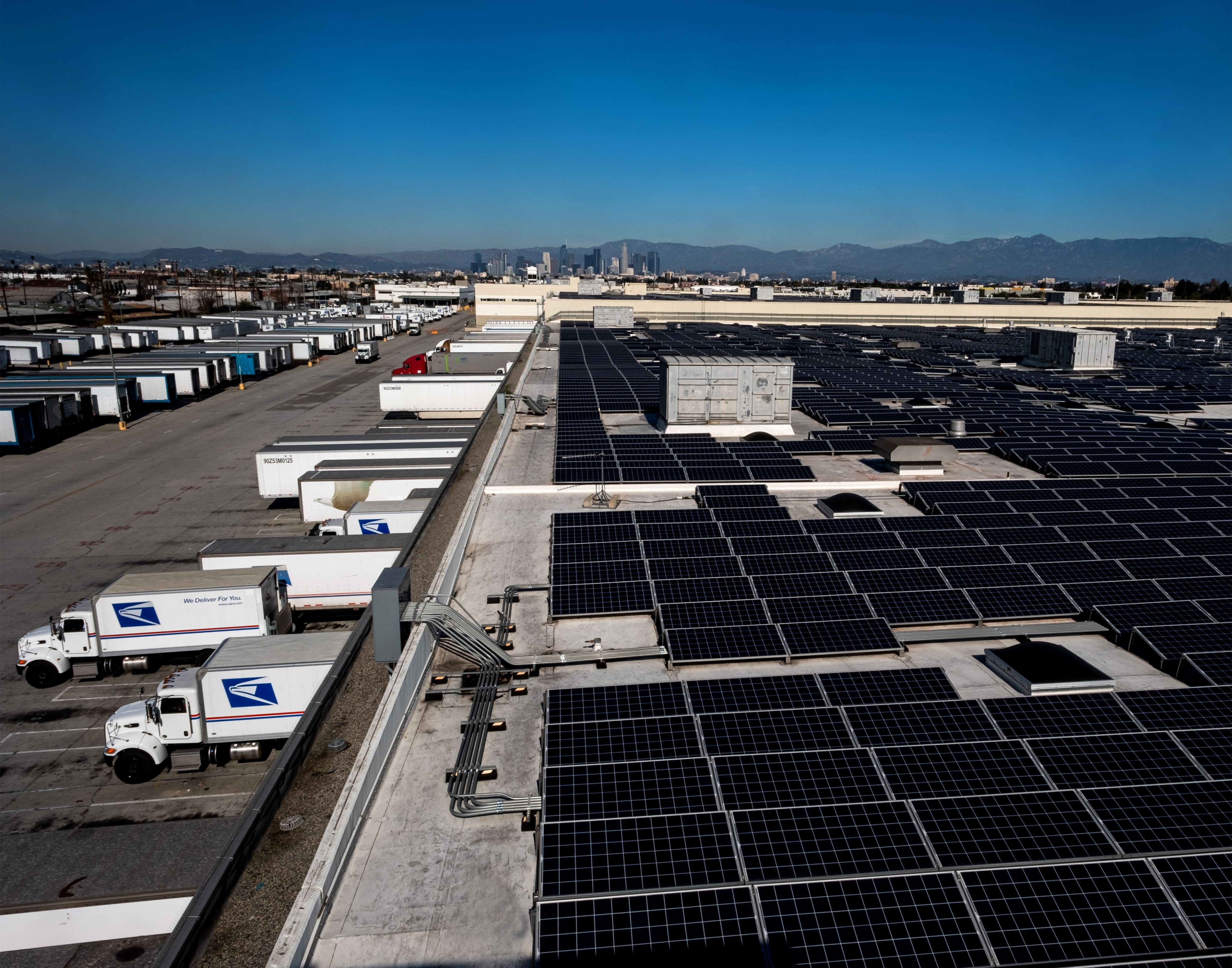
Solar power generation system on the roof of the Los Angeles Processing and Distribution Center
Solar panels at a processing facility in Los Angeles, CA
2020s
On March 13, 2020, President Trump declared COVID-19 a national emergency. Millions of Americans began to work and shop from home, and the public relied on USPS to deliver its packages. The virus also impacted USPS’s role in the election process: 43% of votes were cast by mail in 2020 — more than double the percentage in the last presidential election.
In May 2020, the Board of Governors selected Louis DeJoy to serve as the 75th Postmaster General (PMG) — he was the first PMG from outside USPS in almost 30 years. A $10 billion allocation from the CARES Act helped the agency fund its operations during the pandemic. The Postal Service developed a 10-year plan, and Congress passed postal reform after years of advocacy.
2020: MARCH
As COVID-19 spread through the nation, staffing shortages and a worsening truck driver shortage contributed to a decline in service quality. The OIG found that the Postal Service hit its service performance target for only 3 of 33 products.
However, social-distancing Americans appreciated postal employees who delivered mail and packages despite the increased risk to their health. Americans rated the Postal Service the highest-ranked, most essential company during the pandemic.
2020: NOVEMBER
The Postal Service played an integral role in facilitating a surge of election mail during the 2020 presidential election: it expedited ballot deliveries, ran early collections, and opened retail counters that only postmarked ballots. In the end, USPS delivered 4.6 billion pieces of Political Mail and Election Mail — more than double the previous presidential election.
2021: MARCH
In March 2021, the Postal Service released its Delivering for America plan aimed at achieving break-even operating performance over the next 10 years. The plan includes over $40 billion of capital investments aimed, in part, at optimizing its network and boosting package processing capabilities. It also increased its delivery time standards for a portion of FCM, and is shifting from air to ground transportation and re-focusing on business customers.
2021: APRIL
The United States Postal Inspection Service (USPIS) began to monitor social media and messaging platforms for keywords such as “protest”, “attack”, and “destroy”. The OIG later concluded some of these online searches exceeded USPIS’s law enforcement authority. The Postal Service disagreed with OIG's conclusion but agreed to review its procedures.
2022: JANUARY
The Postal Service began fulfilling orders for COVID-19 test kits in January 2022. With an average delivery time of just over one day, USPS delivered more than 668 million COVID-19 tests to over 78 million households.
2022: APRIL
The Postal Service Reform Act of 2022 (PSRA) was signed into law after more than a decade of advocacy. It repealed PAEA’s requirement to prepay retiree health benefits, which resulted in a one-time, non-cash benefit of nearly $60 billion in FY 2022. Among other provisions, the PSRA also requires future Postal Service retirees to enroll in Medicare, which is expected to yield significant savings for the agency.
2022: MAY
The Postal Service negotiated with unions to convert non-career workers into career employees. In May 2022, USPS and the National Association of Letter Carriers agreed to convert non-career city carrier assistants (CCAs) to career positions after 24 months. During this time, the agency also reached a series of agreements with other unions to convert postal support employees and mail handler assistants to career status.


The Postal Service has experienced tremendous changes in mail volume, postal operations, and its financial viability over the past few decades. New initiatives were met with concern and resistance from stakeholders. Despite these challenges, USPS has maintained a critical role in binding the nation together, and remains a foundational institution in American society today.
Additional Resources

White Paper: The Postal Service in the 21st Century
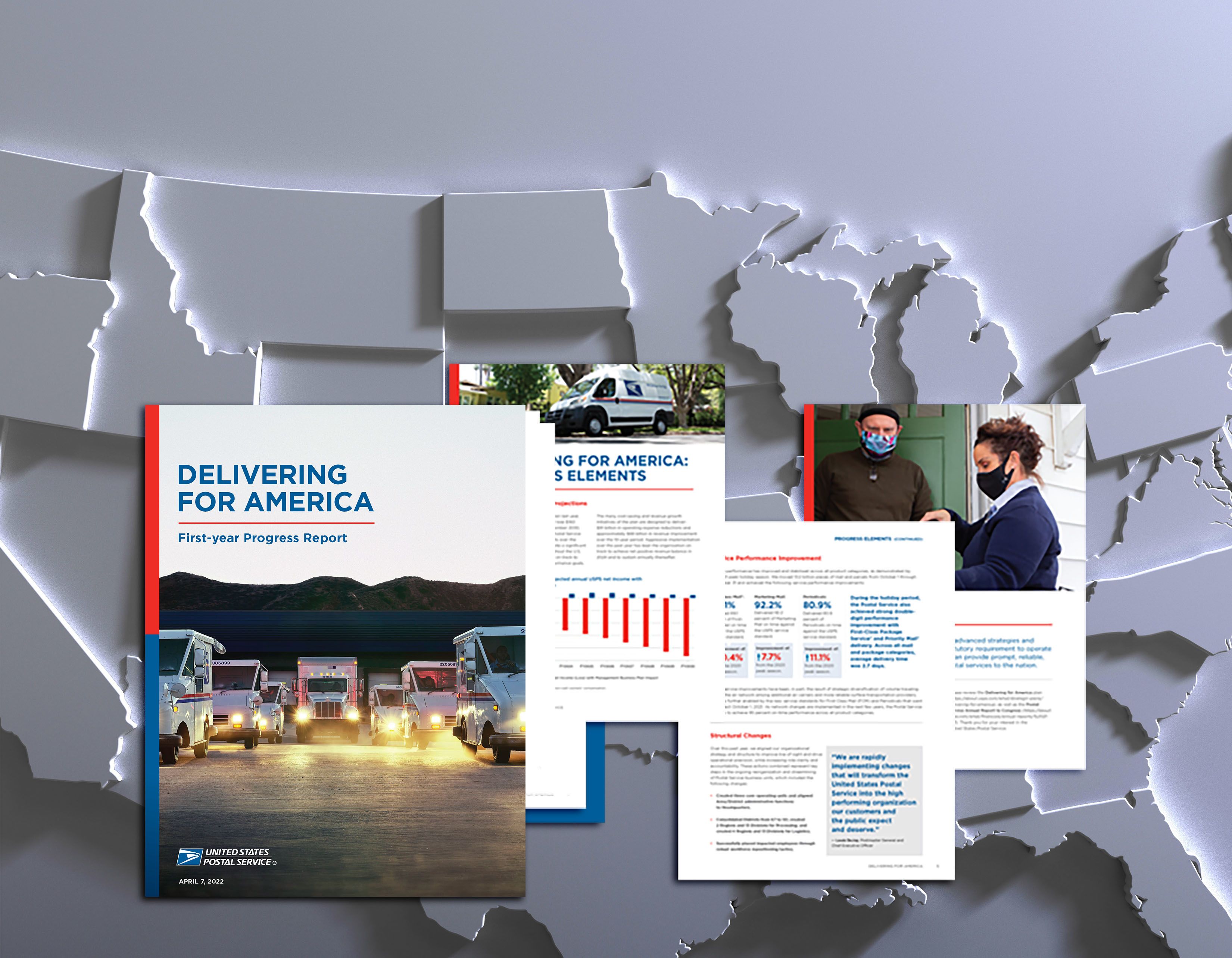
OIG Audit: Assumptions and Metrics Underlying the Delivering for America 10-Year Plan

White Paper: Primer on Postal Reform
Primer on Postal Reform | Office of Inspector General OIG (uspsoig.gov)
Contact Us
For media inquiries, please email press@uspsoig.gov










